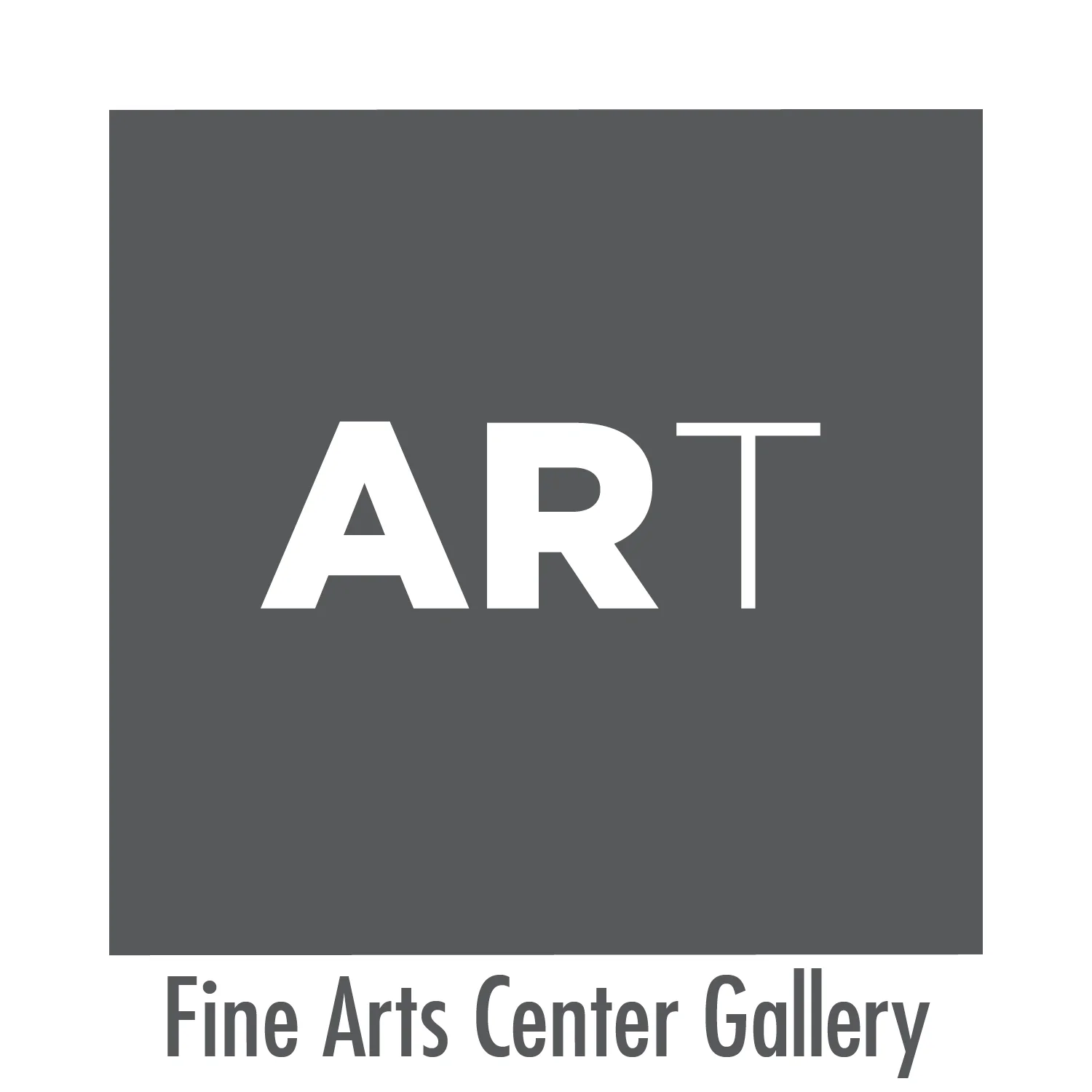VOICES FOR CHANGE
VOICES FOR CHANGE: The Color Network
October 30 - December 4, 2020
Panel Discussion: Thursday, December 3rd at 6:30pm (CST) via Zoom
Not everything that is faced can be changed, but nothing can be changed until it is faced.
– James Baldwin
Enraged by the senseless death of George Floyd, another Black person murdered unjustly at the hands of the police, a call to action has been ignited. This momentum has quickly grown into global outcry that Black Lives Matter. Concern over the lack of diversity in corporations, institutions, and organizations have prompted examination of hiring practices and charges of institutional racism. While people have finally addressed their solidarity with and support of racial equality, they have also watched as many in the corporate and academic worlds have stayed silent; their actions speaking volumes.
The Color Network is an organization of artists of color, whose mission is to aid in the advancement of people of color in the ceramics arts through development, networking, and mentorship. While maintaining current resources, including an artist database, the collective decided to produce a video to address what change looks like from the perspective of a BIPOC voice. The group wanted to help give actionable steps to institutions that are listening so they can have an idea where to start.
The exhibition is comprised of nine voices: Natalia Arbelaez (Interdisciplinary artist, researcher, and educator), Paul Briggs (Artist and Associate Professor at MassArt), Adam Chau (Artist and Museum Manager at Hudson Valley MoCA), Jennifer Ling Datchuk (Artist and Assistant Professor at Ceramics at Texas State University), April D. Felipe (Artist and community arts educator), Salvador Jiménez-Flores (Artist and Assistant Professor at the School of the Art Institute of Chicago), Roberto Lugo (Artist, social activist, poet, and Professor at Temple University), Paul Andrew Wandless (Artist and social activist), and Yinka Orafidiya (Potter and socially-engaged artist).
The work presented in this exhibition speaks of racial identity in both overt and subversive ways; this coding of culture plays to many levels, including a window for the group it represents as well as to those who have no experience in marginalization. Addressing critical societal issues through art-making is a challenging task, as the artist must balance aesthetics, formal theory, historic precedent, and an independent voice. Intersectional theory asserts that people are often disadvantaged by multiple sources of oppression: their race, class, gender identity, sexual orientation, religion, and other markers. The artist in this exhibition come from various backgrounds, ages, and ethnicities. All artists of color, they are active voices in their communities, eager to share their message. While their plights are different and they have faced their own obstacles while navigating the art world, they believe that when people speak up for each other their collective voices are stronger.
-The Color Network, Fall 2020

• Natalia Arbelaez, For My Grandmother, Terracotta and Gold Luster, 6x16x16 in. and Ceremonies for Gonzalez, Burial, Digital Archival Print, 36x24 in. Courtesy of the artist.

Paul S. Briggs, Persona (Implode), 2018. Ceramic (stoneware), 7x7x7 in. Courtesy of the artist

Adam Chau, Sit, Point, Lift, 2020. Porcelain, Machine decorated Cobalt, White Gold, 18x36x1/2 in. Courtesy of the artist.

Jennifer Ling Datchuk, Live to Die, 2019. Custom printed red welcome mats, slip cast porcelain, overglaze, pallet, 36 x 48 x 30 in. Courtesy of the artist

April Felipe, In the Flood We Hope Not to Drow, Underglaze, 2018. Pastels, Cotton thread, fabric, acrylic paint, paper, 25x17x1 in. Courtesy of the artist

Salvador Jimenez Flores, Open Veins of Latin America _ Las venas abiertas de America Latina, 2019. Brass, 24x24x3 in. Courtesy of the artist

Paul Andrew Wandless, Numo and Jem having a Late Breakfast at Blue Bay Tavern, 2016. Linocut on kitakata paper, wood & plexiglass frame, 21x21 in. Courtesy of the artist

Yinka Orafidiya, Freedom Cups (3 cups), 2020. Underground Railroad quilt code printed on handbuilt dark stoneware, underglaze, slip, glaze, cone 6 (electric). 4 x 3 x 2 in each. Courtesy of the artist

Voices for Change: The Color Network
